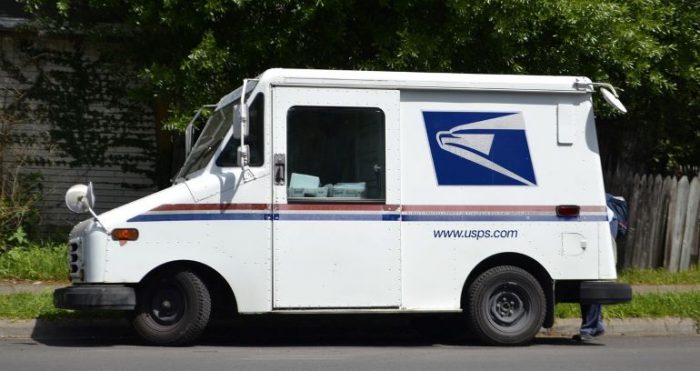Taylor Patterson, Zondits staff, 3/14/2022.
USPS is fronting recent headlines after announcing its plans to replace outdated fleet vehicles. The Postmaster general signed off on a plan which only calls for 10% of fleet vehicles to be replaced with electric equivalents, leaving 90% to be switched out for other ICE trucks and vehicles. Pushed to answer many higher powers as to why only 10% of the new fleet would be electrified, the response given was to blame the bottom line: money. However, this decision was made after analyzing only two options, being electrify 10% of the fleet, or electrify 100% of the fleet; no in between.
Many news outlets have jumped on this story following pleas from both President Biden and the EPA to USPS to reconsider their proposal and do more to invest in electric vehicle replacements for outdated mail trucks. The articles written below provide a more in-depth look at what those conversations looked like and what, if any, potential lies ahead in the near future for USPS to choose a different path, preferably one that better prioritizes the emission-reduction needs of our country to exhibit a quicker and more successful transition to sustainable transportation.
The Post Office Is Buying Gas-Powered Trucks, Despite Biden Climate Order – Lisa Friedman, February 2, 2022
“A senior House Democrat called on Wednesday for the resignation of Louis DeJoy, the postmaster general, saying he flouted President Biden’s plan to electrify the federal fleet by placing a multibillion-dollar order for mostly gasoline-powered vehicles.
Representative Gerald Connolly, the Virginia Democrat who leads the House subcommittee overseeing the United States Postal Service, called the move to invest in more gas-powered trucks “antediluvian” and a threat to the government’s ability to tackle climate change.
“The average age of the postal fleet is 30 years,” Mr. Connolly said. “They’re spewing pollution and they are guzzling gas. There is no question we have to replace the fleet, and it is a once-in-a-generation opportunity to take electric vehicle technology to the next level with the second- largest vehicle fleet in America.”
“If we miss this opportunity it sets back the whole thrust of the electric vehicle agenda,” he said.
Read the full article from The New York Times.
EPA tells the USPS to work harder on electrifying its vehicle fleet – Veronica Erwin, February 3, 2022
“The push comes a little over a month after the USPS published an Environmental Impact Statement that looked at the costs and benefits of electrifying its entire fleet compared to the 10% option. Among other considerations in the various scenarios were the cost to build out charging infrastructure. The EPA, in pushing DeJoy to reconsider, criticized the agency for only looking at 10% electrification or 100% electrification, and for only analyzing infrastructure that is in its nascent stages.
The agency told the USPS to perform a more technically rigorous analysis and hold a public hearing on its plans. The Postal Service rejected a similar request from California regulators last week.
Even if the USPS were to stick with its existing analysis, fully electrifying the fleet would only cost $3.3 billion more than electrifying just 10%. That might sound like a high number, but in comparison to the Postal Service’s already $11.6 billion plan to electrify just 10% of vehicles, some argue it’s a paltry sum. Electrifying the 200,000-vehicle fleet could also help spur more widespread adoption of electric vehicles and charging infrastructure as well as bring down costs of those technologies.”
Read the full article from Protocol.
Biden officials push to hold up $11.3 billion USPS truck contract, citing climate damage – Anna Phillips & Jacob Bogage, February 2, 2022
“DeJoy, who oversaw the agency’s decision to award the truck contract to Wisconsin-based Oshkosh Defense, signed off on a plan calling for only 10 percent of the new trucks to be electric and offering only a 0.4-mile-per-gallon fuel economy improvement over the agency’s current fleet, which is nearly 30 years old. When asked why the Postal Service wasn’t buying more electric vehicles, he said it couldn’t afford them.”
